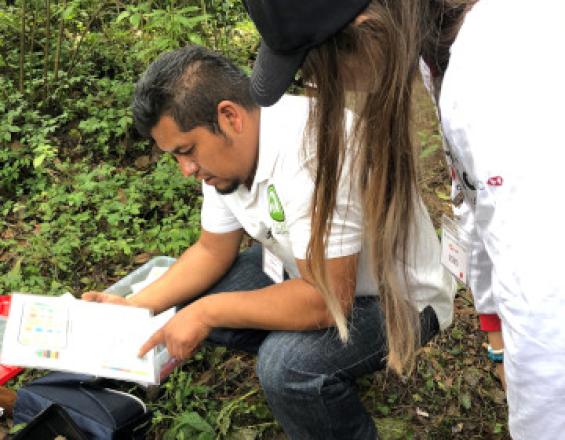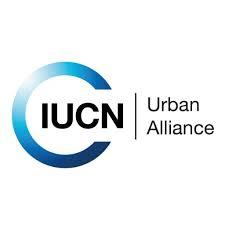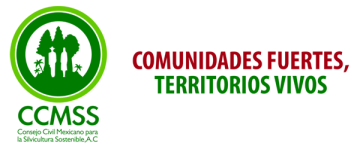
Étude de l'impact des zones tampons végétales sur la qualité de l'eau au Mexique grâce à la science citoyenne

L'eau est un élément essentiel à la survie de l'homme et au développement économique, mais elle constitue un facteur de plus en plus limitant dans les zones soumises au changement climatique et à l'urbanisation croissante. Bon nombre des ressources en eau douce disponibles pour approvisionner les villes du monde se dégradent en raison d'une mauvaise gestion et de l'introduction d'une pollution provenant de sources directes et indirectes (diffuses). Une grande partie de la pollution de l'eau provient de sources diffuses, tant dans les zones urbaines que dans les zones agricoles, ce qui rend difficile de s'attaquer à la cause du problème. Une solution complémentaire aux méthodes traditionnelles de traitement de l'eau est l'utilisation de la végétation pour ralentir le débit et éliminer les contaminants des eaux douces. L'institut Earthwatch a lancé une enquête dans le bassin hydrographique de Valle de Bravo au Mexique pour étudier l'efficacité des bandes de végétation en tant que zones tampons contre la pollution de l'eau dans la région.
Impacts
Les scientifiques citoyens ont contribué à la surveillance chimique, bactériologique et des nutriments sur 18 sites d'échantillonnage, dont aucun ne répondait aux normes de qualité de l'eau pour la consommation humaine. Les rejets urbains et les changements dans les activités agricoles, qui sont passés de la production traditionnelle de maïs à celle de pommes de terre et de fèves, ont entraîné une augmentation des polluants dans les eaux réceptrices. Ces rivières sont essentielles pour fournir de l'eau potable à une grande partie de la population de Mexico. Les résultats de la recherche ont montré que les concentrations élevées d'E. coli et les conditions eutrophiques compromettaient la qualité de ces ressources importantes. Cependant, la recherche a également montré que la végétation tampon des écosystèmes riverains et la couverture forestière indigène dans le bassin versant pouvaient être utilisées pour améliorer la qualité de l'eau et le fonctionnement de l'écosystème d'eau douce. Les résultats du projet ont été largement diffusés auprès des autorités locales et nationales, fournissant des éléments clés pour éclairer les décisions des parties prenantes concernant l'utilisation des sols, la planification urbaine et la gestion de l'infrastructure "bleu-vert". À la suite de la diffusion des résultats du projet, le gouvernement local s'est engagé à utiliser l'infrastructure verte comme moyen de régulation de la qualité de l'eau, en créant une zone humide artificielle et en restaurant des sources locales afin de réduire l'impact d'un hôpital local sur une importante rivière locale.




